The VdTMoCA to date

The revival of the VdTMoCA
Development of the VdTMoCA began in the 1960s in South Africa and was first referred to as a model in a publication in the early 1980s, making it one of the longest standing OT models, certainly the most well established OT practice model (rather than conceptual). The history of the VdTMoCA is well documented in Van der Reyden et al. (2019).
Although the VdTMoCA has been used in South Africa for nearly 50 years, it has experienced something of a revival in South Africa in the last 20 years. This has predominantly been due to the interest in the model in the UK and Japan (Adams, 2019).
Many initiatives developed to introduce the model to the occupational therapy profession in the UK. Wendy Sherwood started teaching the model to clinicians in 2007 and set up a national conference on the model in 2009, which gained international interest and therefore the following conferences were international. A fully international presence has long been established over 7 conferences with contributions from South Africa, Japan, Australia, the United Arab Emirates, Namibia, Mauritius and Singapore. 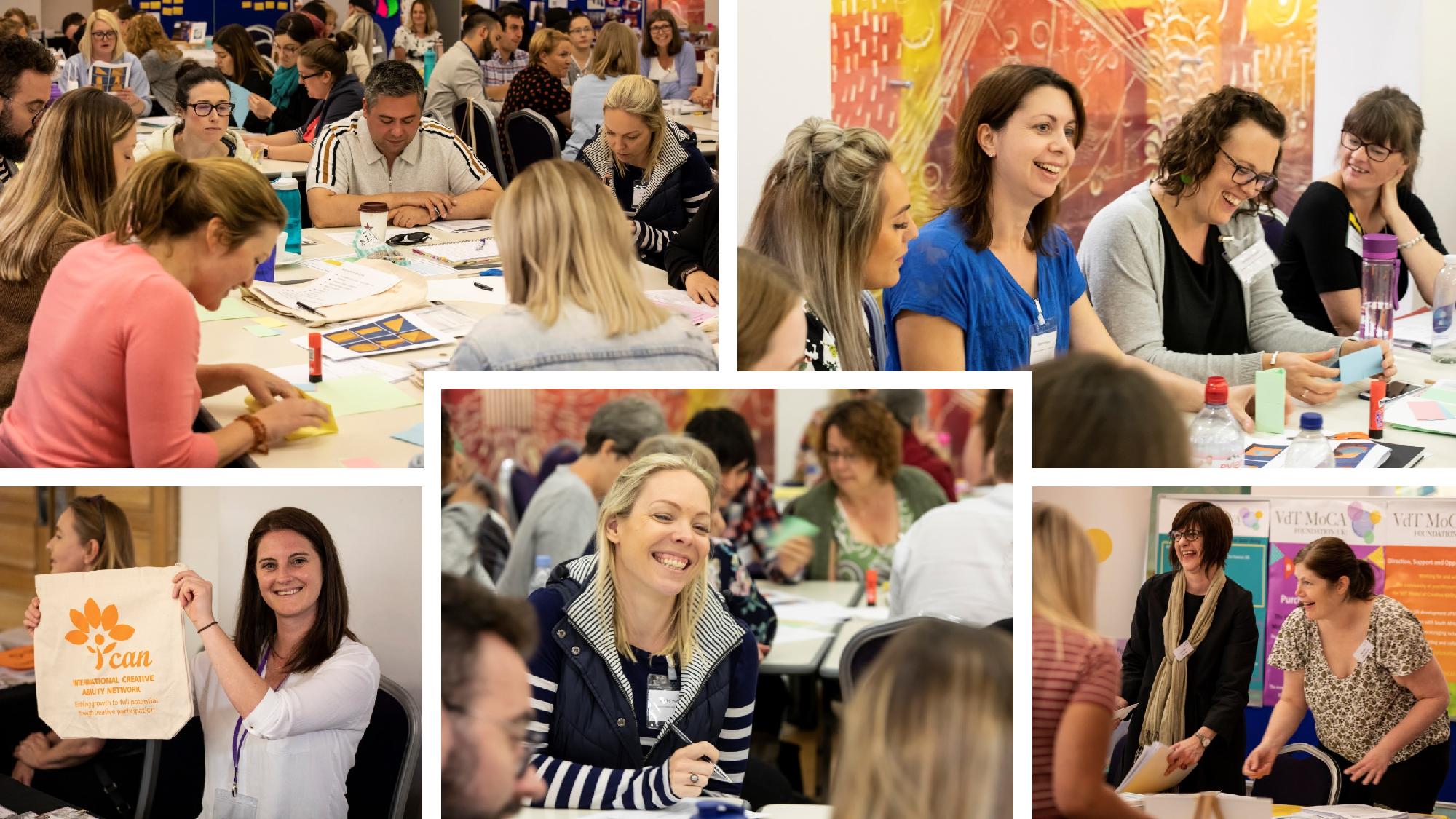
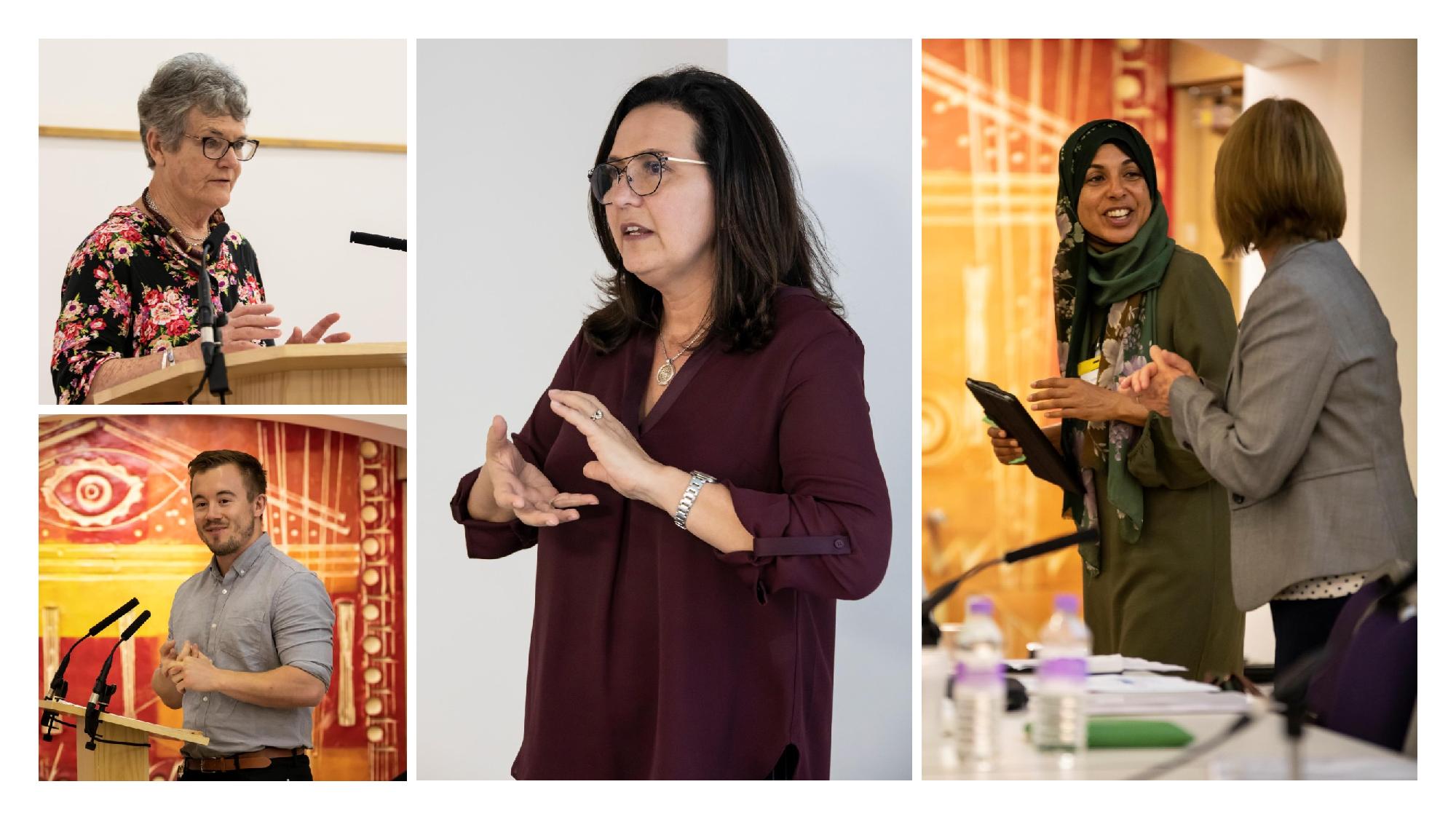
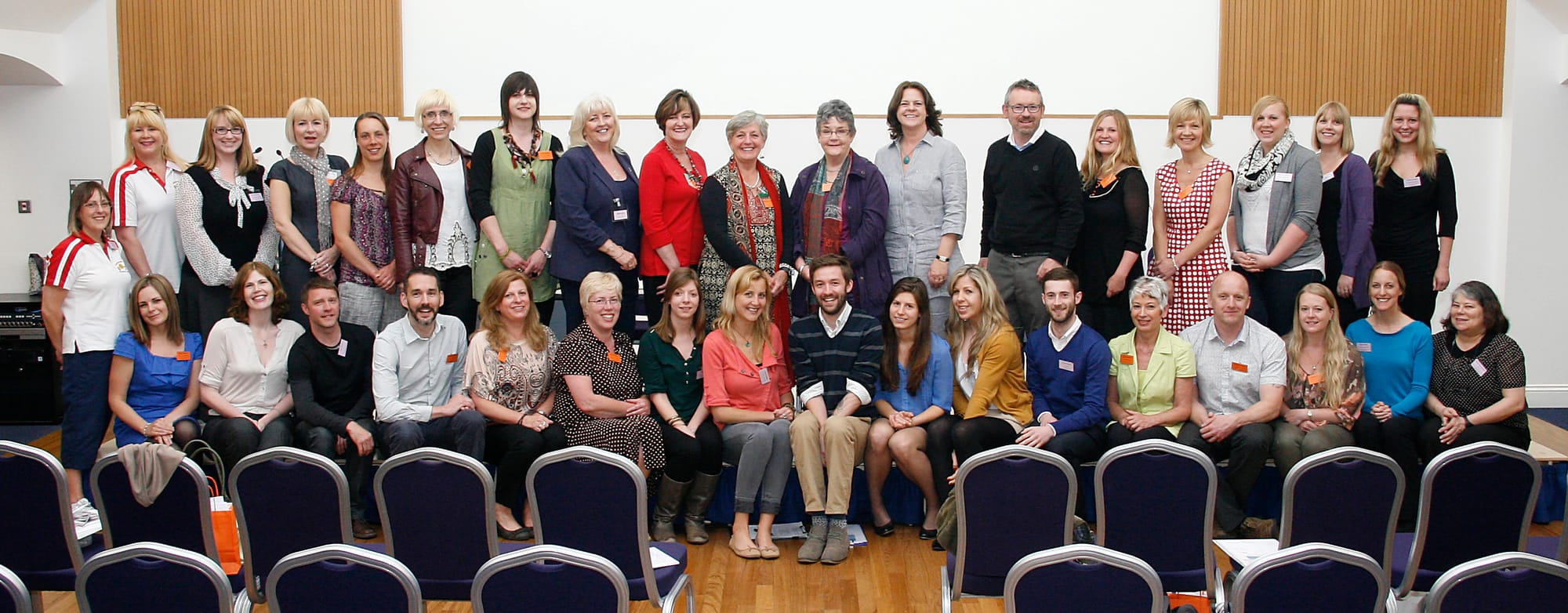
ICAN International VdTMoCA Conferences, London.
Wendy travelled many times to South Africa to meet with founding contributors to the VdTMoCA and present at conferences, and also supported OTs embedding the model into forensic practice in Japan. See numerous short articles on how the VdTMoCA became known and embedded in Japan and Singapore.
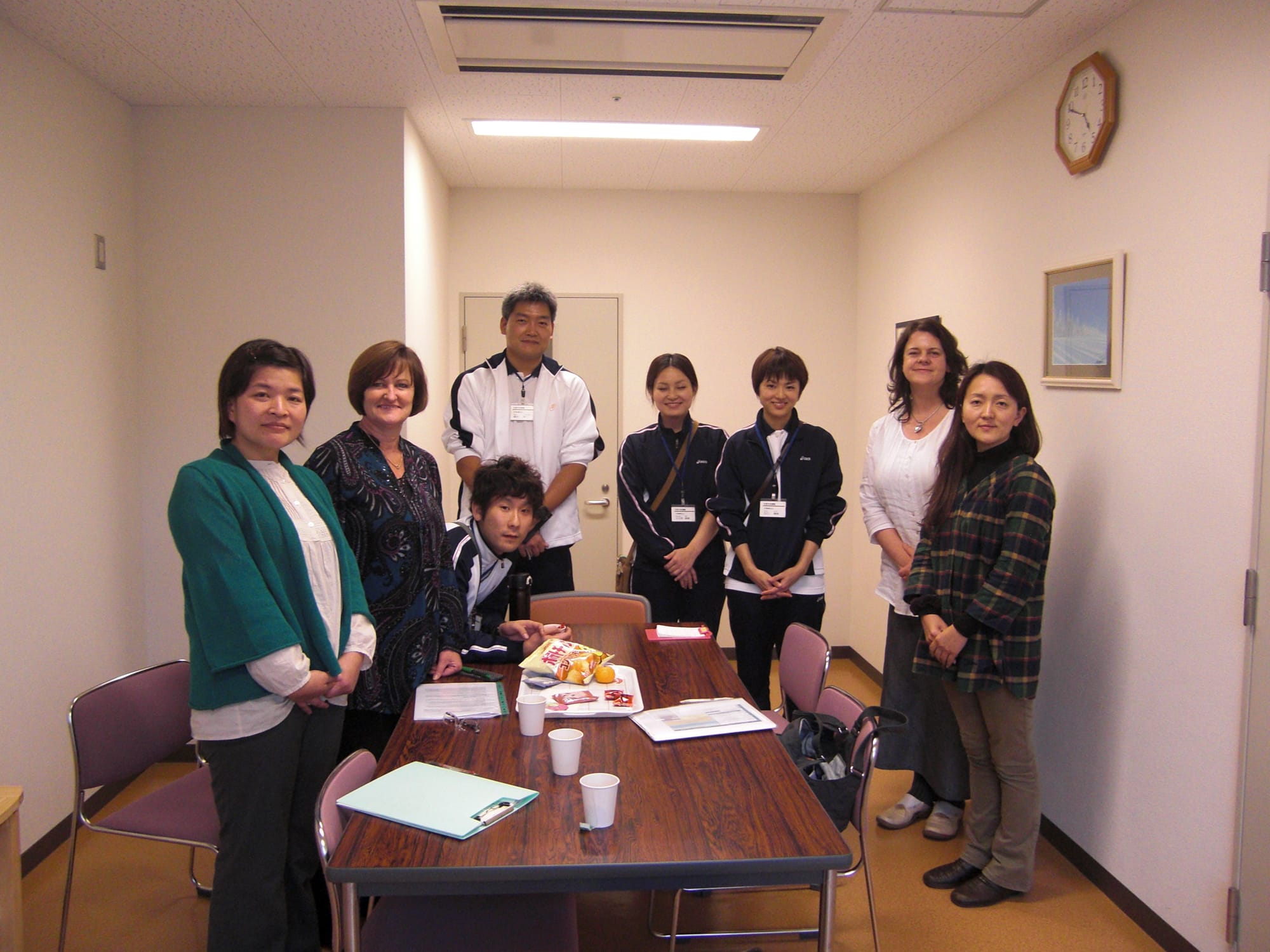
Nagasaki, Japan.
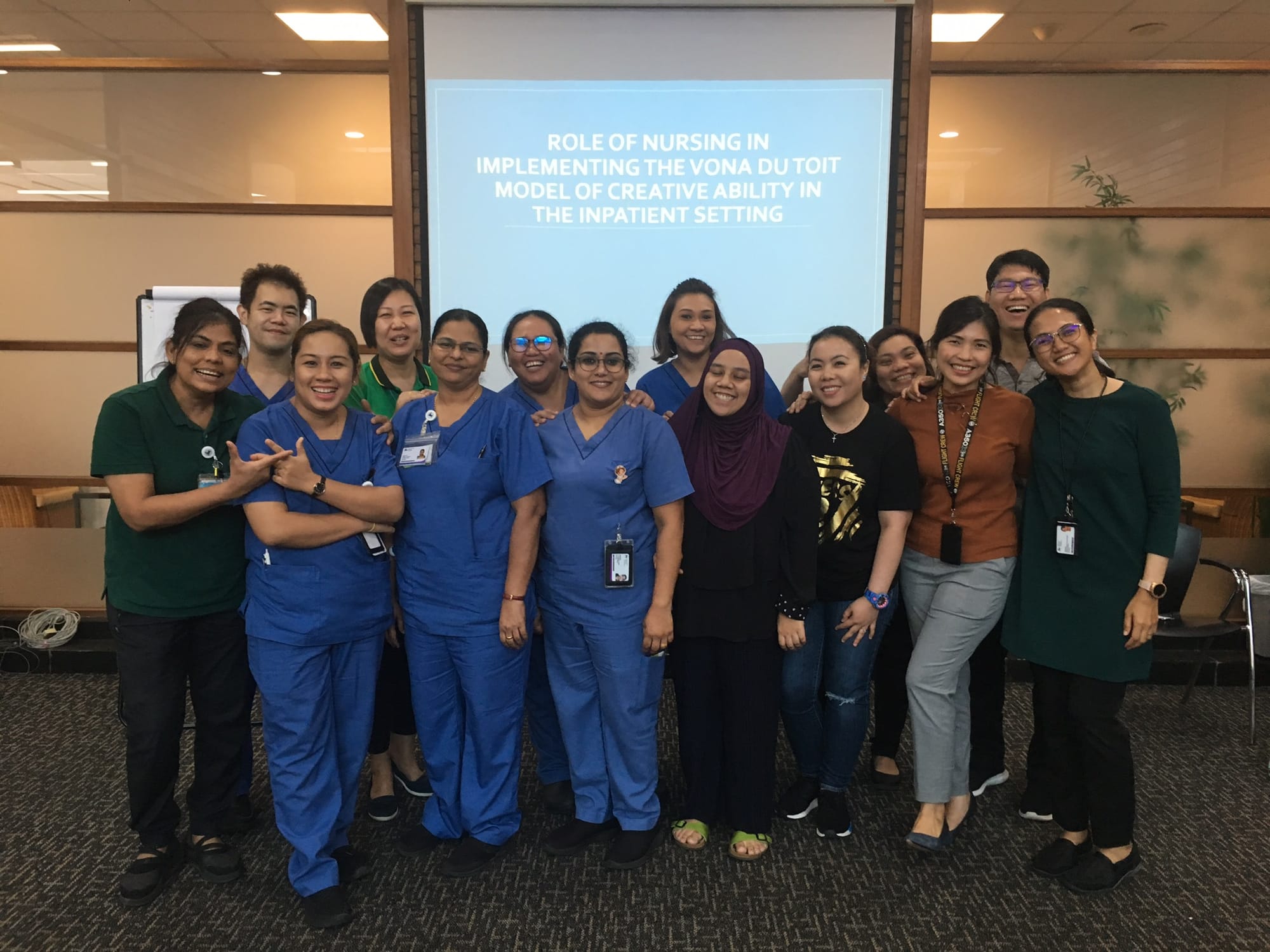
Nurses using the VdTMoCA in Singapore, 2019.
Subsequently, the Vona & Marie du Toit Foundation (South Africa) had a keen interest in why the VdTMoCA was being explored in other countries and what OTs were doing with it. The Foundation became aware of the need for the model to be published in full and to be researched. Subsequently, the model was published in full for the first time by Van der Reyden et al. (2019). 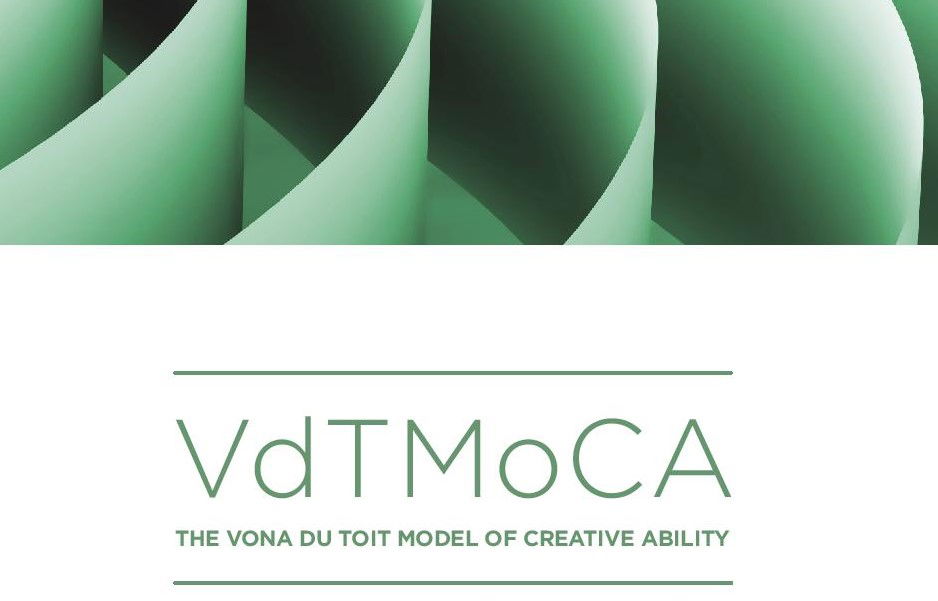
Present day
In the UK, the VdTMoCA is estimated to be used as a key model guiding occupational therapy practice (mental health and learning disabilities) in 23 NHS Trusts, and in services provided by St Andrew’s Healthcare, Elysium Healthcare, Cygnet Healthcare and the Priory Group. The number of NHS Trusts that have invested in the VdTMoCA across many services (or the entire mental health Trust/LD services) has increased steadily over the last 5 years.
In the UK, the VdTMoCA is predominantly used in mental health and learning disabilities services. The VdTMoCA is used in all three high secure hospitals in England and Wales. Forensic mental health is the largest field for the model in the UK.
The value of the VdTMoCA in the field of learning disabilities (LD)/intellectual impairment has been established over the last 15 years in the UK, with Occupational Therapists welcoming it as the first OT model that enables them to work holistically and effectively.
Outside of the UK, the VdTMoCA is used with adults and children in physical, mental health and LD fields in South Africa (see Bahgoo & Freeme, 2021; Van Rensburg, 2021), and is widely accepted as applicable to all individuals across the lifespan, in ill-health and wellness within and outside of healthcare (Grobler, 2009; Pretorius, 2021; Joubert, 2021). Furthermore, it is possible to utilise the VdTMoCA to understand communities and the collective participation of groups of people (Du Plessis, 2010, 2012; Adams & Casteleijn, 2014).
Embedding the VdTMoCA into practice
It has taken approximately 13 years to date for a range of UK services (or several services in one Trust) to learn, understand and embed the VdTMoCA into routine practice. Once therapists and support workers have grasped the basics of the VdTMoCA, there is always a keenness to change the key stages of the OT process so that the delivery of occupational therapy can be more effective with greater job satisfaction. However, changing how one assesses, creating assessment activities, developing note writing and report writing as well as making significant changes (often) to intervention and OT programmes, is not something that can be done quickly. It probably takes two years for OTs and their support workers to properly learn how to embed the VdTMoCA and make all of these changes, review and tweak them and finally settle into what has become routine practice.
Many services have achieved this. There are many OT News articles and conference presentations, and an increasing number of research studies evidencing what a significant positive change the VdTMoCA has made to OT practice, explaining and justifying OT, improving job satisfaction, enabling the MDT to understand and value OT, and in some instances, secure OT posts during times of cuts and/or increasing the number of OT posts.
There is no right way or approach to embedding the VdTMoCA due to many variables in a single context. However, there are some factors to take into consideration:
- The VdTMoCA is not like any other OT model. It is complex, enabling not only an in-depth, holistic understanding of human beings, plus holistic assessment, but also theory which guides all aspects of occupational therapy - analysis, grading, therapeutic use of self etc - which enables therapists to work with any individual or any diagnosis and severity of impairment/trauma. Therefore, this is not a model that you can learn quickly just from reading a book or doing some training. You need to be committed to applying your learning to practice and embark on a lengthy journey of professional development. See Sherwood (2021).
- Post study or training support will be extremely beneficial to enable you to gain clarification of how to use the model in practice, therefore, make use of networking opportunities, sharing of online resources, online recordings of case supervision and teaching by South African experts, and offers by VdTMoCA experts to provide a supportive visit to your practice. If you are considering adopting the VdTMoCA, it would be wise to factor in the cost of post training initiatives into funding requests - and don't forget that you will definitely need the full text on the VdTMoCA. See the Shop tab of www.vdtmocaf-uk.com. If you train through ICAN, you are offered some post-training support.
- Due to the importance of being able to observe a person in order to see his/her/their level of creative ability, the VdTMoCA is easiest to learn in in-patient and residential settings, or contexts that allow for regular observations of the individual in a range of situations and with varying people e.g. in groups. Newcomers to the model will find it more challenging to learn in the community if not able to see the person often and/or does not see the person doing a range of familiar and unfamiliar activities.
- Having applied the VdTMoCA to practice for a while, you are likely to see the effectiveness of it for yourself, leading to a realisation that broad aspects of service delivery need changing and/or the MDT need to understand how to work with clients on different levels. It can be difficult to work out how to educate others on the model and/or embark on service change, therefore make use of professional networks and resources which share how others have already achieved. Seek expert guidance if you are wanting wanting to make significant changes, especially if this is across services or as a large OT team. Contact wendy@ican-uk.com for contacts and guidance.
How can I learn more?
Use resources which have been created and made available to help you. For general information/overviews/articles:
View YouTube channel - Creative Ability OT Model
If you are an RCOT member, access OT News articles which provide an easy-read insight into practice. Find a downloadable list and other free resources on page.........
Read about how others have embedded the VdTMoCA. For example, at Broadmoor high secure hospital (Carpenter et al, 2021), and in a Rehab service for people with complex needs (mental health) (Murphy, 2021) in Perspectives on the Vona du Toit Model of Creative Ability: practice, theory and philosophy, Sherwood (2021) (see BOOK page).
Sign up to this ICAN website to receive free VdTMoCA news, events and updates, or follow @icancreativity on Twitter.